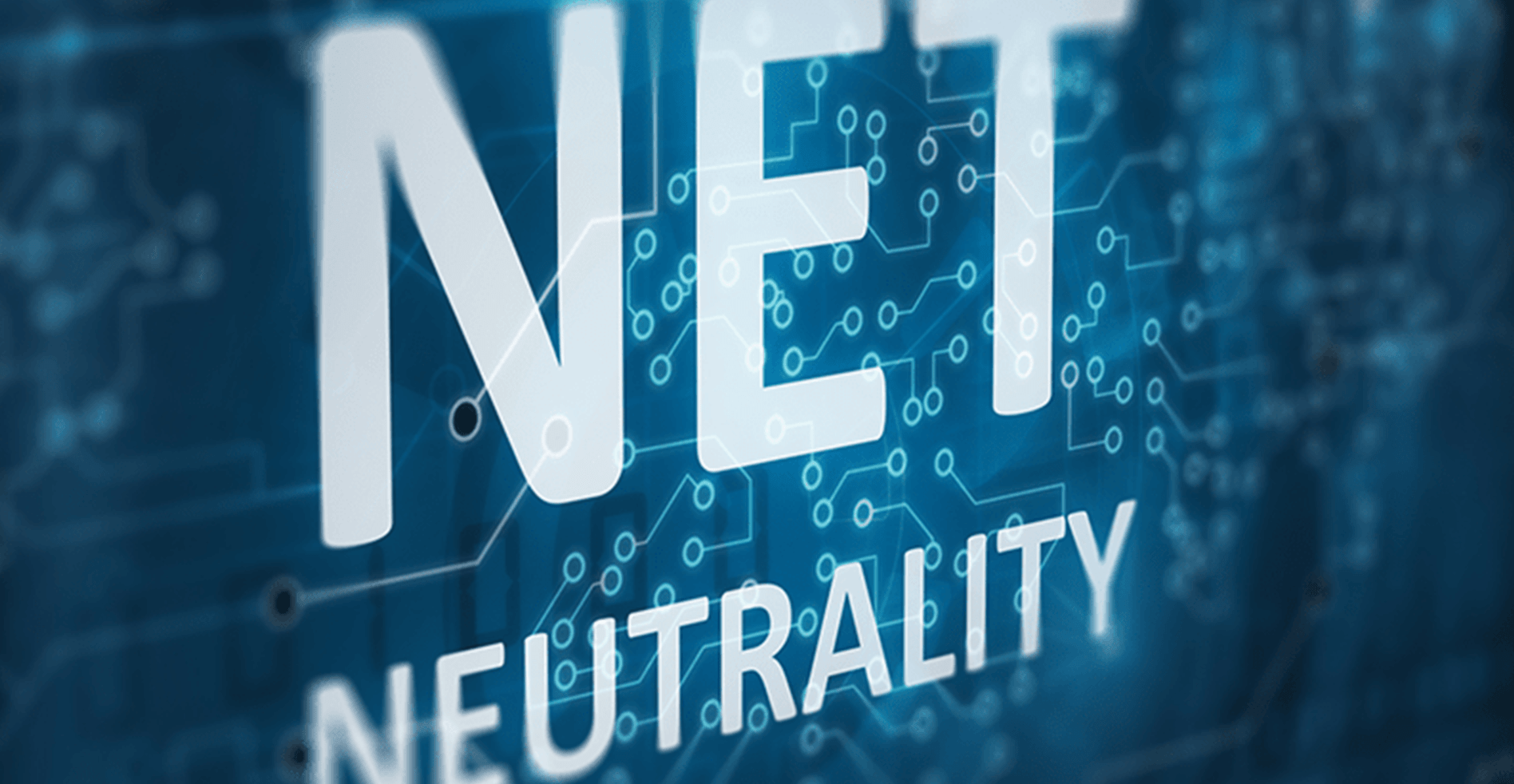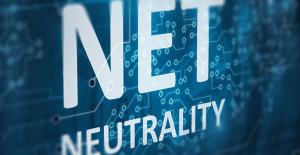How to Choose the Best Antivirus Software
Simplify your search for an antivirus software with this guide.
read morePublished on: July 2nd, 2018

The Federal Communications Commission officially repealed net neutrality as of June 11th. Net neutrality ensured that all online traffic was treated equally, prohibiting internet providers from prioritizing certain websites or charging money for content. Without net neutrality, service providers now have unrivaled authority over the online experience. The net neutrality repeal has left many internet-users confused and nervous.

The F.C.C. voted to repeal the net neutrality rules in December of 2017. These rules were set in 2015 by the administration of President Barack Obama to restrict large internet providers like AT&T, Verizon, and Comcast from having an unfair advantage over the rest of the internet. Tech companies like Google and Facebook, as well as other internet pioneers, are concerned that the internet as we know it may cease to exist without these rules. So, what exactly does the net neutrality repeal change?
The original rules gave the F.C.C. power over internet providers, prohibiting three practices: blocking, throttling, and paid prioritization. This meant that internet service providers could not:
Without these rules in place, big-name internet carriers are free to do what they want. They can block websites, censor content, charge money for certain services, and favor specific internet traffic. This will discriminate what we see and read online, instead of presenting all content fairly and equally. However, these changes will happen gradually, rather than hitting consumers right away.
The net neutrality repeal means that customers could begin paying more for their internet services. Many have argued that internet service providers will start bundling the internet like cable companies and wireless carriers. For example, if you’re an AT&T customer, you can watch cable on your phone without it affecting your data usage if you’re purchasing the cable from AT&T DirecTV.
Internet service providers could very well emulate this technique by bundling things like Facebook, Twitter, and Instagram into a premium “social media bundle” that you’d be required to purchase for full access to their content. Small business owners and E-commerce start-ups are scared that they could end up being pushed aside due to paid prioritization and fall into the slow lane while industry leaders thrive.
It’s important to note that the internet flourished without net neutrality rules in place for a majority of its existence and that many internet providers pledge not to block or throttle sites. However, Americans are passionate about freedom to an open internet, so the fight continues.
There’s currently a motion in Congress that would force the Republican majority in the House to vote on reinstating the original 2015 rules. The proposal has passed the Senate and still must go through the House. Net neutrality advocates urge supporters to continue pushing state legislatures to pass their own net neutrality measures.
If you have any questions about the net neutrality repeal and how it could potentially affect you, contact Computer Troubleshooters!
Simplify your search for an antivirus software with this guide.
read moreHave you received this notorious Windows error screen? Here’s how to fix it.
read more© 2025 Computer Troubleshooters.